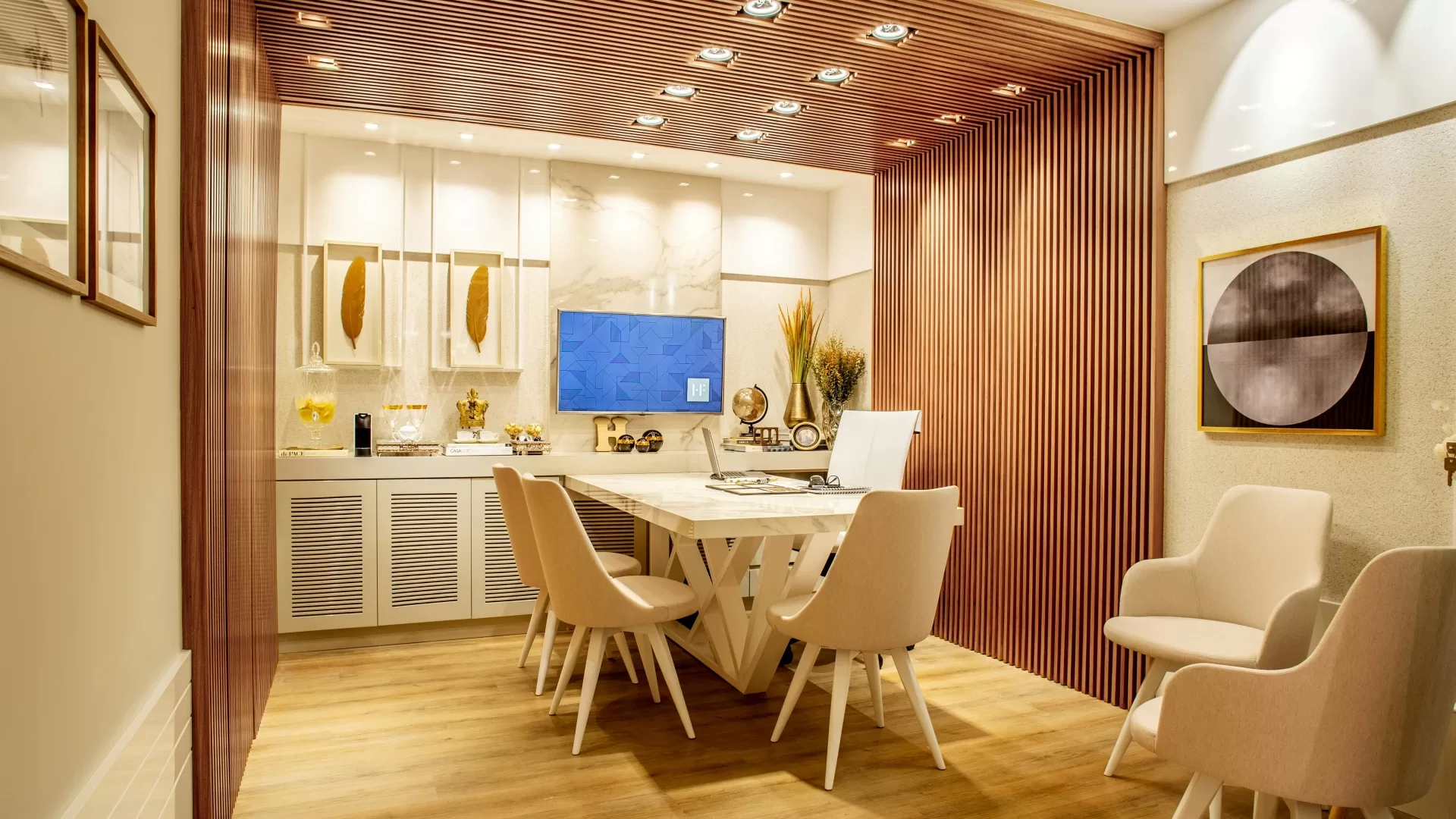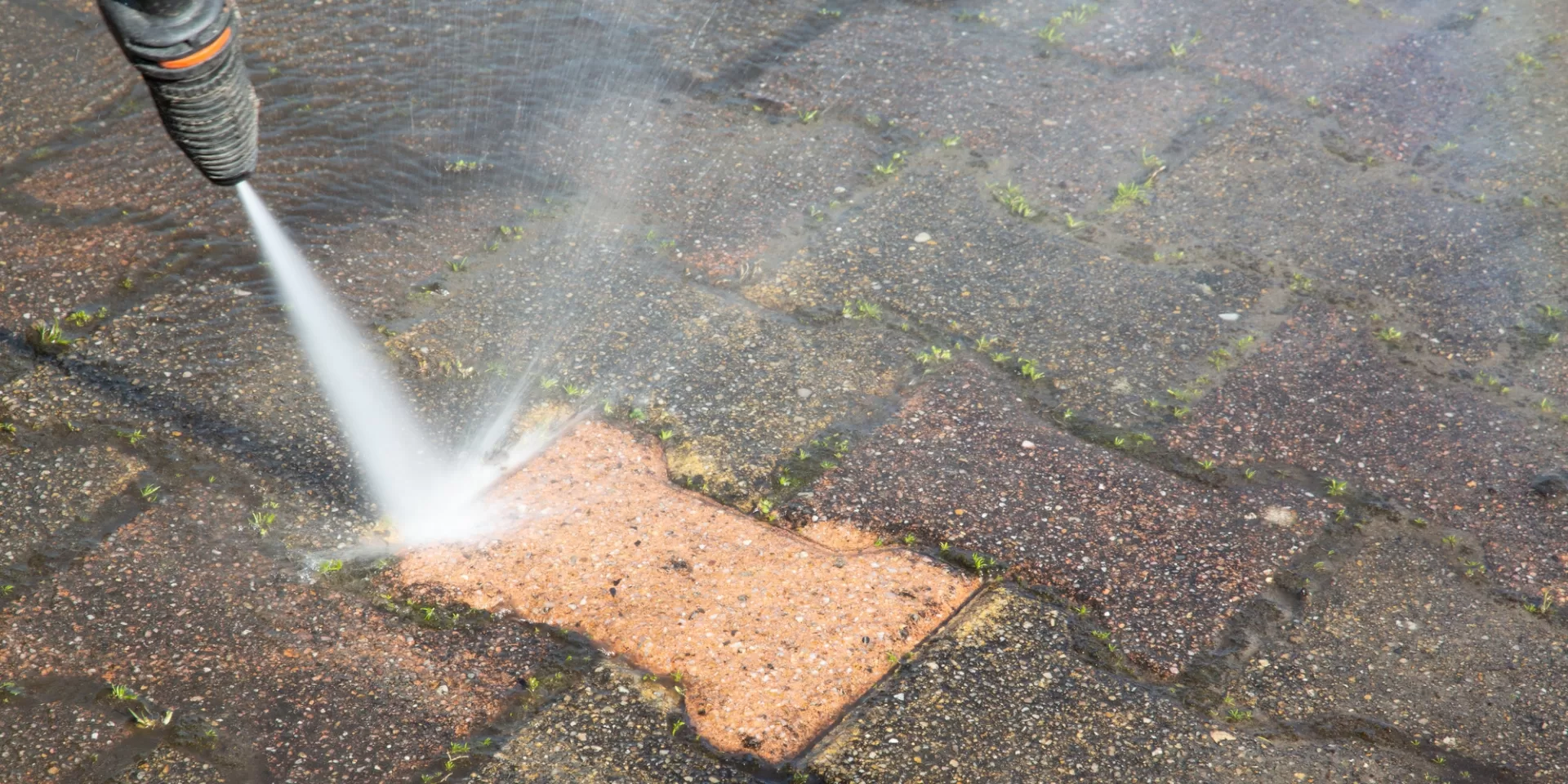In the quest for a serene home retreat, the allure of a hot tub is appealing. Beyond its therapeutic benefits, a hot tub can be a centerpiece of tranquility, transforming your living space into a haven of relaxation. For those seeking optimal water hygiene, incorporating a chlorinating spa sanitizer or spa chlorine system into the hot tub’s design ensures that the water remains pristine, enhancing both the aesthetic and the overall wellness experience.
A hot tub need not be an isolated aquatic feature in your backyard; it can seamlessly extend your interior design. The key lies in harmonizing your home’s aesthetic elements with the hot tub’s form and function. Let’s explore creating a serene oasis by integrating a hot tub into your interior design.
Strategic Placement
The first step in integration is choosing the right location for your hot tub. Gone are the days when hot tubs were confined to the outdoors. Placing a hot tub indoors extends its use throughout the year and provides a more private experience.
Consider integrating the hot tub into a space that complements its purpose, such as a corner of a spacious bathroom or a dedicated room with ample natural light. Positioning the hot tub strategically ensures it becomes a focal point without overwhelming the surrounding decor.
Aesthetic Harmony
Harmonizing the visual elements of your hot tub with the existing interior design is crucial for a cohesive aesthetic. Opt for a hot tub design that complements the style of your home. Modern, sleek hot tubs with clean lines may seamlessly blend into a contemporary setting, while more rustic or natural designs could complement a cozy, traditional space.
Color coordination is equally essential. Ensure that the hot tub’s material and color palette align with the tones present in the surrounding area. This creates a sense of continuity, allowing the hot tub to feel like an organic part of the space rather than an intrusive addition.
Surrounding Décor And Lighting
Enhancing the ambiance around your hot tub involves thoughtful consideration of the surrounding décor and lighting. Integrate plants, candles, or decorative stones to create a spa-like atmosphere. Soft, ambient lighting can add a touch of luxury and accentuate the relaxing ambiance, making the hot tub area feel like a retreat within your home.
Consider installing dimmable lights or a chandelier to create a customizable lighting experience. This adds elegance and allows you to tailor the lighting to match your mood, whether for a tranquil soak or a vibrant social gathering.
Privacy And Tranquility
Crafting a serene oasis requires attention to privacy and tranquility. If possible, design the hot tub area in a location that offers a degree of seclusion. This might involve installing curtains, screens, or even a partially enclosed structure to create a private retreat.
Soundproofing measures can also contribute to a tranquil experience. Incorporate soft materials like rugs, curtains, or wall coverings to absorb sound and create a quieter, more intimate setting.
Functional Integration
Beyond aesthetics, the functional integration of a hot tub into your home is equally important. Ensure the hot tub is seamlessly connected to your home’s plumbing and electrical systems. Concealed access panels or well-designed enclosures can maintain a polished appearance, allowing easy maintenance and service.
Consider integrating smart home technology to control the hot tub’s features remotely. Smart lighting, temperature control, and music systems can be synchronized to create a customized, immersive experience at the touch of a button.
Year-Round Enjoyment
Integrating a hot tub into your interior design allows for year-round enjoyment, irrespective of weather conditions. If placed indoors, you can soak in warmth and comfort regardless of the season.
If the hot tub is in a sunroom or a covered outdoor space, ensure it remains accessible even during inclement weather. This means you extend the joy of relaxation throughout the year.
Seamless Transition to Outdoor Spaces
Designing your hot tub area to transition to outdoor spaces seamlessly is key for those who enjoy the interplay between indoor and outdoor living. Consider incorporating sliding glass doors or large windows that open up to an adjacent patio or garden.
This enhances the feeling of spaciousness. Furthermore, incorporating these elements allows for a harmonious flow between the interior and exterior.
Wellness Integration
A hot tub is not just a piece of furniture; it’s a wellness sanctuary. Integrate wellness elements into the space around your hot tub, such as a designated area for yoga or meditation. Create storage solutions for towels, robes, and essential oils to enhance the overall wellness experience.
Consider incorporating natural elements like bamboo or wood accents to promote a sense of tranquility. Indoor plants can contribute to air purification and add a touch of nature to the spa environment.
Conclusion: Crafting Your Retreat
Integrating a hot tub into your interior design is an art that turns it into a centerpiece of tranquility. By considering placement, aesthetic harmony, surrounding décor, lighting, privacy, and functional integration, you can create a serene oasis within your home.
Whether a contemporary spa design or a more traditional look, the key is to make the hot tub an organic part of your living space. Let it seamlessly blend into your home’s rhythm, offering a haven of relaxation that reflects your style and provides a retreat from the outside world. In the seamless integration of a hot tub, you discover not just equipment but a canvas.











